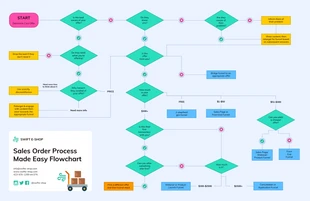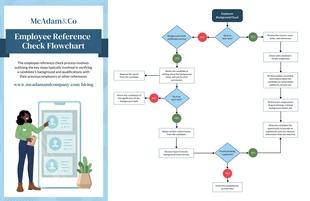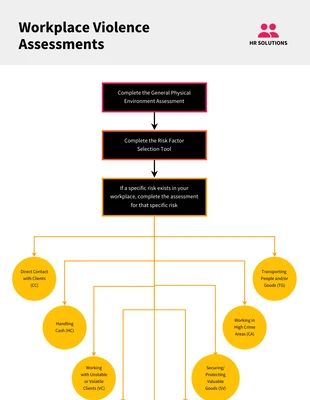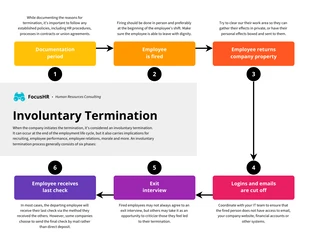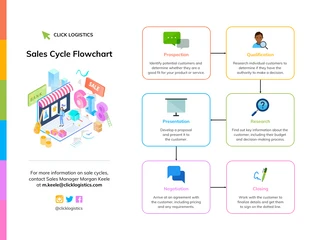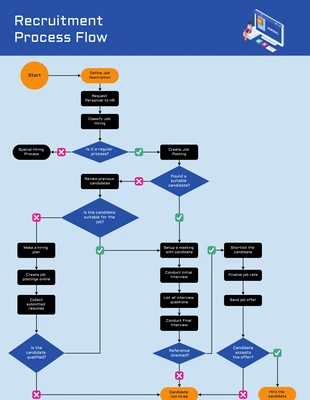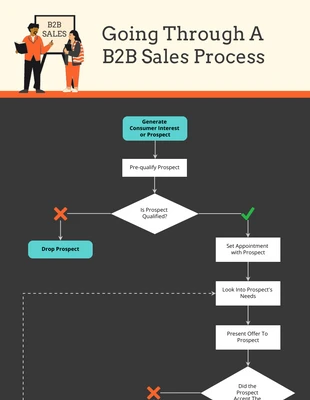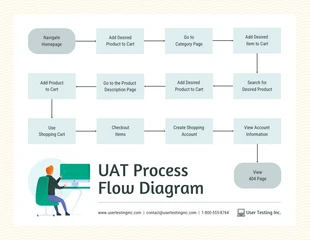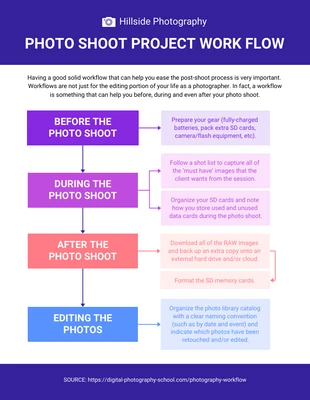
UAT Process Flow Diagram Template
This UAT Process Flow Diagram template provides the software testing team with the user acceptance testing process they must follow.
100% customizable templates
Millions of photos, icons, charts and graphics
AI-powered editing features
Effortlessly share, download, embed and publish
Easily generate QR codes for your designs
- Design stylemodern
- Colorslight
- SizeLetter (11 x 8.5 in)
- File typePNG, PDF, PowerPoint
- Planbusiness
User acceptance testing (UAT) is the final phase of software testing, during which the software is sampled by its intended audience. UAT aims to ensure that the software can handle real-world tasks and perform up to development specifications. UAT can be done in-house with volunteers, by paid test subjects using the software, or by making the test version available for download as a free trial. Such testing validates end-to-end business flow, which includes verifying that the software works as expected and meets the business's needs. It also confirms that the systems are ready for use in a live environment. UAT is typically carried out separately from the development and testing environments and involves using the software in a real-world setting. End users or representatives from the customer organization test the software to ensure it meets their needs. If any problems are found, they are reported to the developers, who can fix any bugs, missing links, or the like. The UAT phase allows software developers to validate changes made to the software and assess adherence to their organization's business requirements. Below are the five

